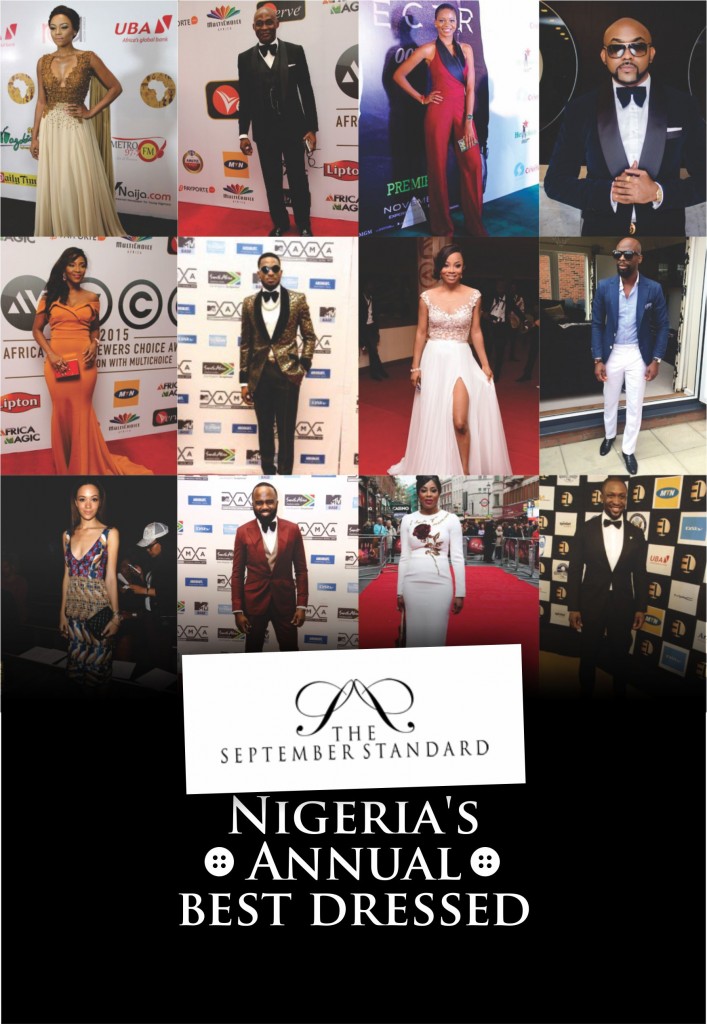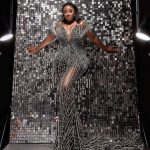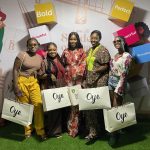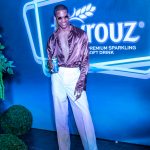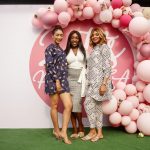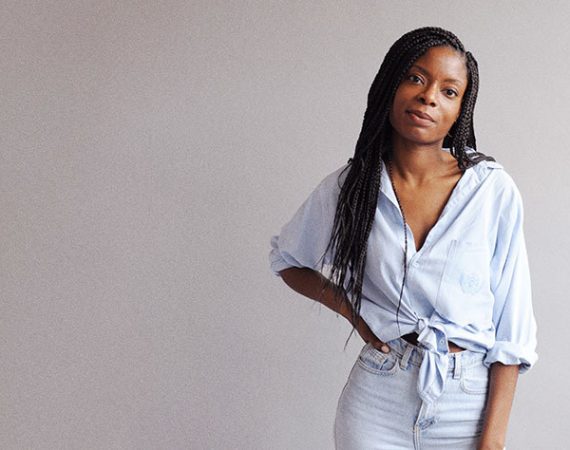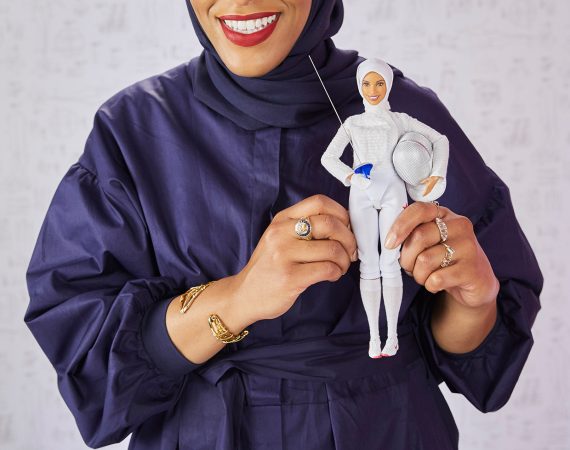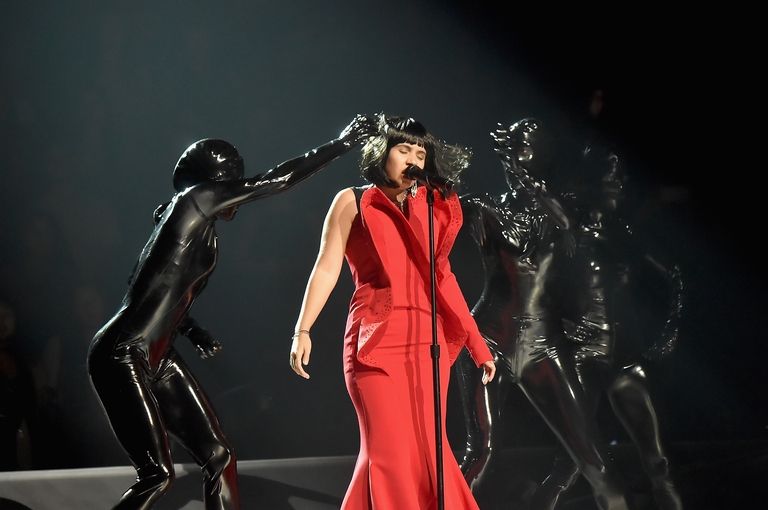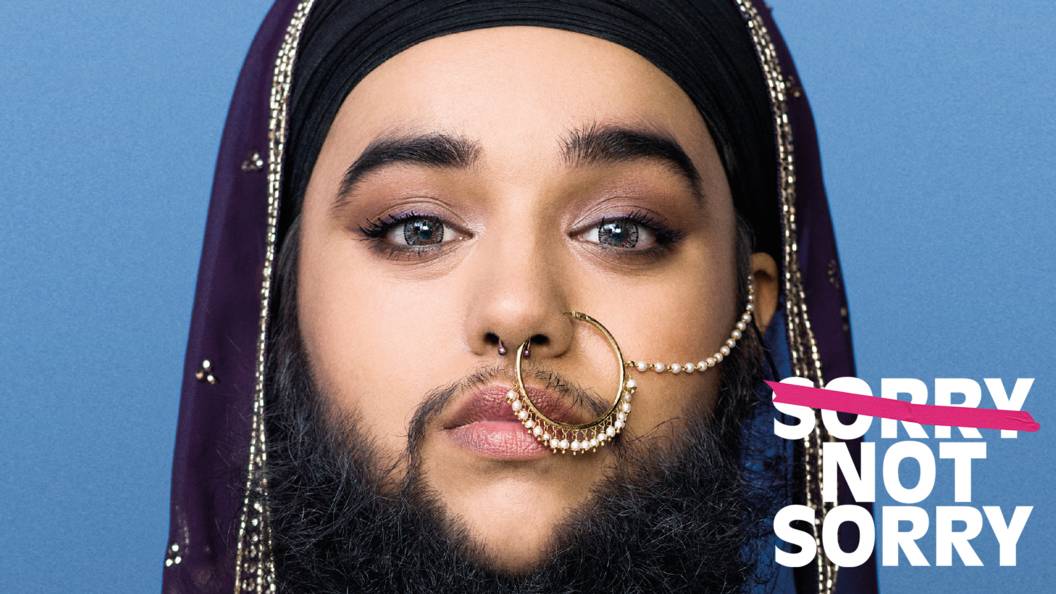Haneefa Adam demanded the attention of Nigeria’s fashion industry with Hijarbie, an Instagram account that showed the classic children’s doll Barbie, dressed (stylishly we might add,) in contemporary modest fashion. The account went viral, allowing Adam introduce us to her other endeavours, a multimedia creative enterprise called ‘Muslim Hanie’. We sit with Haneefa to discuss fashion, dolls and faith.
Enjoy.

TOS
A lot of the attention you’ve gained in the last few months have come from what many would consider ‘trivial’, Hijarbie, an Instagram profile dedicated to showing classic barbie dolls in modest fashion. What is that like?
H.ADAM
Although it might be considered trivial, it resonated with a lot of people who felt it is a very important innovation that would inspire young girls who would love to identify with that mode of dressing.
Barbie has been a classic doll and is probably a 50-year-old brand now, and with most things that are constantly evolving, several issues have been raised which includes the importance of diversity and how it is important to embrace and try to understand other unique cultures. The Instagram page shows the average profile of a Muslim girl of this century that is interested in fashion, it is unique and tells a story, and that is why it was such a hit.
TOS
Do you think that has made people unable to appreciate your more ‘traditional’ artistic expressions?
H.ADAM
My various forms of expression in my opinion are kind of powerful enough to be independent entities. A lot of people that follow Muslimahanie, which is sort of the umbrella for all my various expressions like Fashion Designing, Food preparation and presentation, crafts, faith, Hijarbie and the food and mixed media art or as an OAP, can easily associate me with all my work. It will be interesting to know that some people even forget I blog and associate me with only Hijarbie. Which is why it is really important for me to Use Muslimahanie as a parent brand to combine all those to create a powerful force altogether.
TOS
Representation seems a huge part of your work as a whole. Representation of Nigerians in the larger worlds of fashion, art and cuisine, and representation of Muslims as little more than stereotypes. Why does representation matter so much to you?
H.ADAM
Because whether we like it or not, we all have our own unique identities and we all do believe in something. Representation provides a platform that brings values together and a sense of belonging or belief system as it is important to stand for something, anything. If as a person, you don’t know who you are or what you represent, then, what do you stand for? That will not allow one to be
boxed into a certain stereotype.
TOS
We found out that you have a fashion brand on the side, and that it’s doing pretty well. Is this something you want to make bigger in the future?
H.ADAM
Definitely, there are few challenges now arising from the need to produce something that’s of value in terms of quality, I hope to make it bigger and infuse other elements of my expression in them. All that social media presence should be put to use.
TOS
The art piece with which you won the Samsung x Rele ‘What’s cooking’ contest drew from fashion and food to make art. That is some serious inter-sectional work. Is this a recurring trend in all your work?
H.ADAM
I think so. I love the feminine form and I’ve realized recently that whenever I want to try out a new medium of expression, I always go for a feminine profile. I think maybe because I am a woman or because there are so many stories that can be spun from womanhood. I’m not so sure. So, Because I have various expressions, they are bound to mix up one way or the other.
I used Nigerian food (ingredients) in making these food art works
1. Ogbono 2. Zobo (3-ways) 3. Fela 4. Jollof wars😂 pic.twitter.com/HOIjhgCO6B— Haneefah Adam (@ms_hanie) May 11, 2016
Some of Adam’s artistic work.
TOS
There is this misconception that Islam somehow enforces a uniformity on its women, limiting their opportunities through restrictive dress among other things. How does this personally affect your work and interactions with others in fashion?
H.ADAM
This might sound very cliché, but, appearances mean little in the grand scheme of things. Although, it is a quick way to assess a person. But personality, character and the soul always shines through. So if the outside is all pretty and enforced and the inside is dark (a questionable character), that is a huge problem. But if the inside is all nice and good, it will reflect on the outside. According to my understanding, in Islam for example, it is very possible for someone of high faith not to appear in a certain way that is deemed modest according to laid down rules, but if one is high in faith and seeks to understand the reasons behind certain rules, you’ll understand the need to follow the rules of your faith. Instead of justifying your reasons not to or trying to bend the rules.
In terms of opportunities being limited, I beg to differ. If a door closes, open another or just build a door yourself. There is a God factor with everything I believe, He is with you so far you are with Him. If you are super awesome, no one is going to care about how you look, the people who care, they don’t matter and lost opportunities most times are just a way of being forced to greatness. Before Oprah was Oprah, for whatever reason, she was fired in her early 20s. If that didn’t happen, she wouldn’t be Oprah today.
TOS
Directly or otherwise, you’ve become a sort of a spokesperson for modest fashion for a new generation of Muslim women embracing identity through fashion while adhering to personal faith. Some people think that this is a kind of hypocrisy. What do you think?
H.ADAM
I think hypocrisy is claiming a higher level of faith than is the case. Women who advocate modest fashion are only trying to tell you how you can incorporate your faith into your fashion, not that, if you wear this, you’re on a good or better level of faith. Modesty is relative anyways. If anything, the way a person dresses, in Islam, isn’t always indicative of one’s level of faith.
A lot of people fail to understand this, but it is the truth. There are going to be exceptions here and there, but if you really claim you might have a higher spirituality than someone who allegedly covers up more, the truth is that we all REALLY never know. There’s a higher power who is All Knowing. A lot of people try by covering the basics such as wearing loose fitting clothing, but ultimately the attitude with which a person tackles fashion and faith speaks more to their spirituality, modest fashion or not.
TOS
Just last week, Muslimgirl.net put up a Youtube video showing how diverse modest fashion is across Africa. It also suggested that modest fashion is heavily influenced by culture and geography. How does your culture influence your fashion?
H.ADAM
Culture greatly influences all kinds of fashion and I only got to experience that because I lived in the UK for a little over a year and I found myself subtly adapting to the culture there. You get to be more understanding of how other cultures might interpret the hijab differently from yours. Although, you’d still get to see some people wearing the burkah or niqab regardless of their location, it is important to note that it is more difficult for some people than others.
In a drier temperate climates, you find that its is easy to wear long flowy outfits without much vain regret, but in tropical climates where it rains, mud on a floor length dresses would probably be a turn off. Cultural perceptions also exert influence, in places where certain identities have been stereotyped as ‘evil’, the choice of whether to wear a hijab or not, could be a matter of life or death.
TOS
Do you think modest fashion can ‘cross over’ into the mainstream?
H.ADAM
It has already crossed over. Some brands such as Marks and Spencers and Dolce and Gabbana reason that they’ll reach more demographics by branching out to ‘modest fashion’.
But isn’t the concept of modest fashion even relative? The Zara brand claims to be a modest brand, among other things and to an extent it reflects its own iteration of modesty. For example, I do not think tapered trousers have the ideal modest fit, but a lot of modest fashion bloggers wear it all the time, I will opt for Palazzos instead. I’d also prefer scarves that cover my neck, hair and shoulders, instead of a turban that only covers my hair. Modest fashion has increasingly become synonymous to the Muslim woman fashion and a single monolithic definition cannot encompass all of us, it never will.

